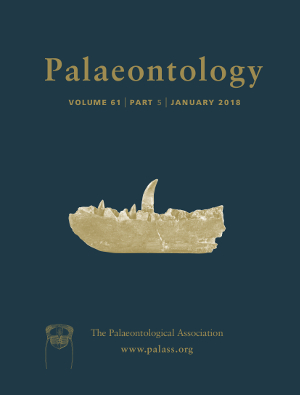Reg. Charity No. 1168330

Palaeontologists have long employed discrete categorical data to capture morphological variation in fossil species, using the resulting character–taxon matrices to measure evolutionary tempo, infer phylogenies and capture morphological disparity. However, to date these have been seen as separate approaches despite a common goal of understanding morphological evolution over deep time. Here I argue that there are clear advantages to considering these three lines of enquiry in a single space: the phylomorphospace. Conceptually these high‐dimensional spaces capture how a phylogenetic tree explores morphospace and allow us to consider important process questions around evolutionary rates, constraints, convergence and directional trends. Currently the literature contains fundamentally different approaches used to generate such spaces, with no direct comparison between them, despite the differing evolutionary histories they imply. Here I directly compare five different phylomorphospace approaches, three with direct literature equivalents and two that are novel. I use a single empirical case study of coelurosaurian theropod dinosaurs (152 taxa, 853 characters) to show that under many analyses the literature‐derived approaches tend to reflect introduced phylogenetic (rather than the intended morphological) signal. The two novel approaches, which produce limited ancestral state estimates prior to ordination, are able to minimize this phylogenetic signal and thus exhibit more realistic amounts of phylogenetic signal, rate heterogeneity, and convergent evolution.